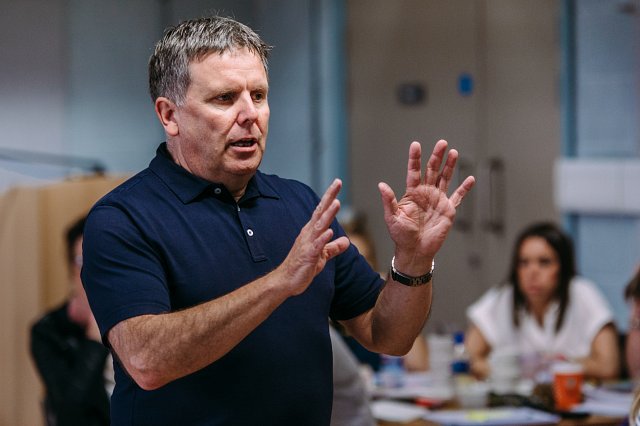Working with Chaotic Interims Between Change and Transition
I have been working with three leadership and management groups on service redesigns which have been launched in April. All delivered on time and to the budget requirements with a new structure chart and people in new roles and some new people ready to go – a real achievement and a recognition of deep sustained commitment over months and years.
And yet, as William Bridges reminds us, achieving the change is only part of successfully completing a process – we must also address issues of transition the inner journey we go on as a response to change reminding us to let go of the old before we can embrace the new. There is a gap between the old ways ending and the new beginning, a chaotic dynamic interim where turbulence is created as enthusiasm, for the new meets the resistance of the old.
Part of my design process with teams is to get them to focus for themselves and their staff on the issues involved in transition. Bridges also talks about most organisations running a transition deficit and I have worked in teams and organisations where this can be 10-15 years in deficit as all the current conversation is still focused on things and individuals that happened or who were around in the distant past. Some organisations abandon highly profitable changes as business owners, managers and staff prefer the older, less profitable ways. I have also seen businesses and organisations transformed rapidly by addressing these transition deficits directly. So I have learned to insist with often reluctant leaders and managers, that we do at least one session on transition and that we assist everyone to cope with the chaotic interims which then emerge.
Some recent examples from my work over the last few weeks:
- Sitting with a newly created management team for the first time following a year’s work with them and directly addressing the fear for some of them that there were going to, in some unforeseen way, recreate the disasters of a previous re-organisation from some years previously. Others talked powerfully of the loss of colleagues as part of the process and others who had previously made a contribution and then moved on. The conversation was highly charged and emotional with several people getting upset. A quiet and calm gradually descended on the room and in the quiet people made determined eye contact with each other and nodded – we can do this.
- The re-organisation had created integrated teams from previously separate groups along with an integrated management structure. All of this had been delivered to time and budget and I was running an integrated programme of leadership, management, workforce and organisational development. In getting the workforce together it became apparent that all the new teams were in different places – some grieving managers who had left, some having experienced constant change and some being relatively stable and resilient. All the different professional groups in the new teams were in different places – some were new to a type of work and ways of doing things and others were trying to use new systems.

At the individual level individuals were confused about what they were meant to be doing, some were in denial, some were angry and frustrated and some were distressed. Different things had been communicated to the teams and to the groups – a perfect storm of a chaotic interim! I addressed this by taking time out with the leadership and management team to resolve the issues raised by the staff group and worked together with the staff to resolve the chaotic interim and create a new beginning within 6 weeks.